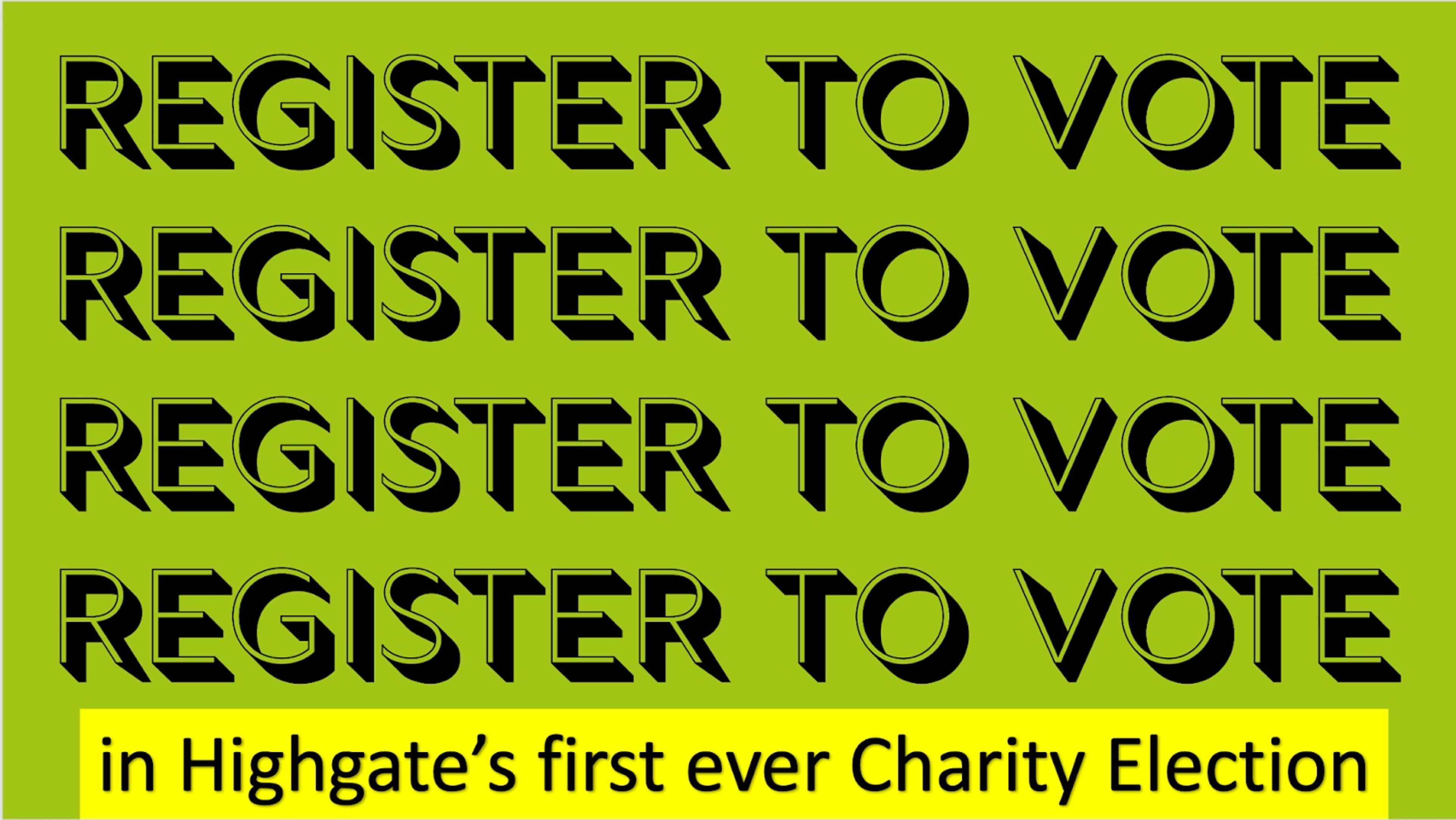Compassion at scale: Bringing effective giving to high schools
It’s a great success when secondary students come away from a school event feeling it brought meaning to their lives. With a myriad of distractions and an excess of energy, sometimes maintaining their attention is hard enough—especially late in the school year when, in many locales, the weather turns balmy and thoughts turn to exams or summer vacation.
To see them, then, take advantage of a meaningful opportunity in sunny June to stop and reflect, think critically about their own personal values and have meaningful conversations with their peers about major world issues—that would be something very special.
These were among the thoughts of Jenny Chapman, Biology teacher at Highgate School, London, as she read through the post-event reflections from her students after running a Giving What We Can Charity Election event at her school in June 2023.
‘Oh!’ she thought, ‘That’s why we do this.’
One student explained that the event ‘made me more compassionate about helping people more distant from me.’ Another wrote, ‘My view on my own impact has changed. Improving the world seems more possible.’ Says Chapman, ‘The reflections really made me think this program was so worthwhile—that this is what it’s all about.’
Other school staff also approached Chapman to praise the event. She remembers one teacher saying, ‘This was sort of a lightbulb moment for me. It made me think about how I gift and how I think about charities.’
Only about a week long and often held across a set of classes like social studies or history, the charity election is an experience in experiential altruism: It puts students in the position of directing a pool of funds (in this case, sponsored by international charity Giving What We Can), and then challenges them to consider three worthy charities with very different approaches and causes.

To make a decision about which charity they believe should be supported, they consider the cost-effectiveness and evidence base of each charity through a brief process of discussion, reflection and guided research.
They are then invited to use the evidence and their reasoning to make their decision and vote to direct their ballot, each worth $2 (or its international equivalent), to just one charity. The school decides how the combined results of all student ballots will be allocated: winner-take-all, 70%-20%-10%, or in proportion to the vote. No matter what they decide, since the funds are sponsored, there’s no cost to the school.
In the run-up to the event, Chapman used The Life You Can Save calculator to estimate that if all her eligible students voted, the Highgate cohort could:
🌤 remove 2407 tons of carbon dioxide from the atmosphere;
🧒🏼 help protect 6017 children from schistosomiasis; or
🤝 provide 96 months of basic income to someone in Uganda.
Part of the reason Highgate’s event was so successful was that Ms. Chapman put extra effort into its preparation. Though the program can be run straight out of the box with minimal preparation (through a provided slideshow, videos and worksheet), Giving What We Can encourages teachers to adjust it to their student cohort and teaching style. Wanting to make the experience deeper for her students, Chapman dove in and added her own activities to the ones provided, including one in which she had students list issues that were important to them in their everyday lives at school, like the quality of food in the dining hall or issues around school uniforms. For each, students then estimated the importance of the problem, its room for more attention or funding (‘neglectedness’), and how solvable they thought it would be. They then discussed how these factors could also be used to help them decide where to aim their efforts most effectively to do the most good when giving time or money to a cause.
The influence of this event is likely to carry on in another important way: At the beginning of each Highgate school year, the students propose causes that are important to them, and from these are chosen the school’s charities for that year: All fundraisers and volunteering support that year’s selection. Chapman explains, ‘As a result of the election, the person in charge of Charity and Partnerships at our school said they want to start getting students to include ideas about charity impact in student proposals about who to raise money for. So, in addition to their proposals, he will ask them to include a metric of charity impact.
‘This is massive, because it changes the ethos of how we decide where we will give—in this case, in school—and will become part of their decision process’—hopefully creating a lasting impact on students’ giving decisions later in life.
To learn more and apply for sponsorship at your school, visit the Charity Elections home page. If you have questions or want to support the programme financially, as a volunteer, or in some other capacity, please shoot us a quick note at charityelections@givingwhatwecan.org.
Charity elections are part of Giving What We Can.